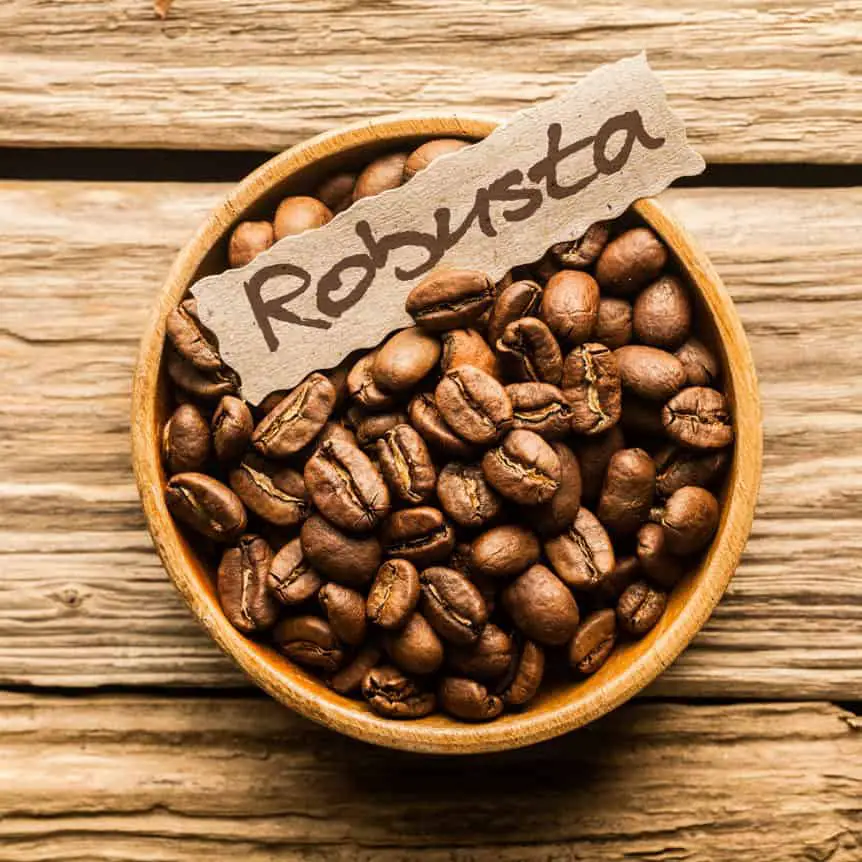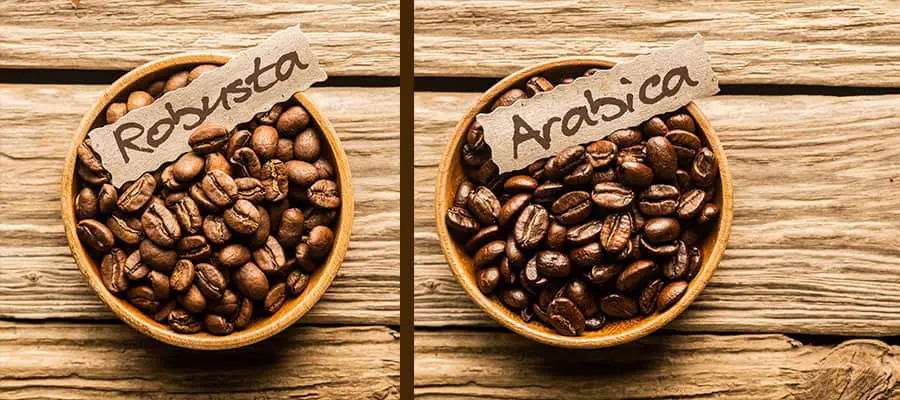When it comes to coffee, there are two main species of coffee beans that dominate the market: Arabica and Robusta. These two species of coffee beans offer distinct flavor profiles, growing conditions, and caffeine content, making them a popular choice for coffee lovers all around the world.
Whether you are a coffee pro or just enjoy a good cup of coffee in the morning, it is important to understand the differences between Arabica and Robusta coffee beans and what makes each one unique.
In this blog post, we will dive into the world of coffee and explore the differences between these two species of coffee beans.
What is the Difference between Arabica and Robusta Coffee?
Arabica coffee is known for its mild and sweet flavor profile, with notes of fruit, chocolate, and floral. It is considered to be the higher quality of the two coffee species and is grown at higher altitudes in more temperate climates. Arabica coffee plants are more sensitive to environmental conditions and are less disease-resistant, making them more difficult to grow, but the result is a cup of coffee that is well-balanced and nuanced.
On the other hand, Robusta coffee is known for its strong, bitter flavor profile, with notes of nutty and earthy flavors. It is grown at lower altitudes and in more tropical climates and is considered to be a lower quality coffee than Arabica. However, Robusta coffee plants are more disease-resistant and easier to grow, making them a more affordable option for coffee producers.
Although both Arabica and Robusta belong to the overarching Coffea genus, there are key differences between both types of beans that manifest themselves in every step of the coffee growing and harvesting, roasting, and consumption processes.
Today, we’re going to be focusing on the two most popular and common varieties, Arabica and Robusta and what is the difference between the two.
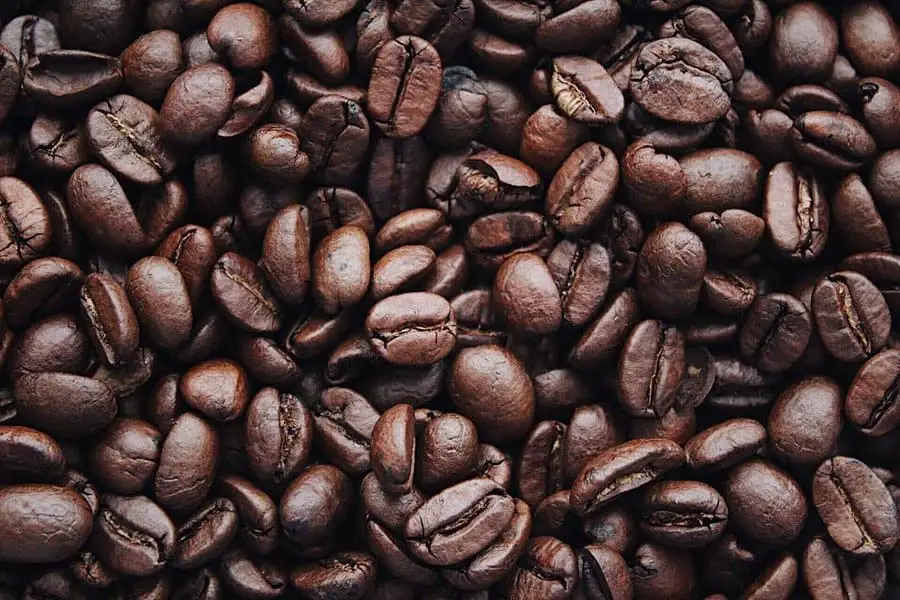
Arabica coffee beans are widely considered to be the higher quality of the two main species of coffee beans. Here are some of the key characteristics of Arabica coffee beans:
Flavor Profile
Arabica coffee is known for its mild and sweet flavor profile, with notes of fruit, chocolate, and floral. The flavor is well-balanced and nuanced, making it a popular choice for coffee lovers who appreciate a more subtle coffee experience.
Growing Conditions
Arabica coffee is grown at higher altitudes, typically between 3,000 and 6,000 feet, in more temperate climates. This helps to produce a coffee that is well-balanced and has a more nuanced flavor profile.
Caffeine Content
Arabica coffee has a lower caffeine content compared to Robusta coffee, with about 1% caffeine. This makes it a good choice for those who are sensitive to caffeine or prefer a less strong coffee.
Quality
Arabica coffee plants are more sensitive to environmental conditions and are less disease-resistant compared to Robusta. However, this sensitivity results in a higher quality coffee, making Arabica coffee more expensive than Robusta.
What are Characteristics of Robusta Coffee Beans?
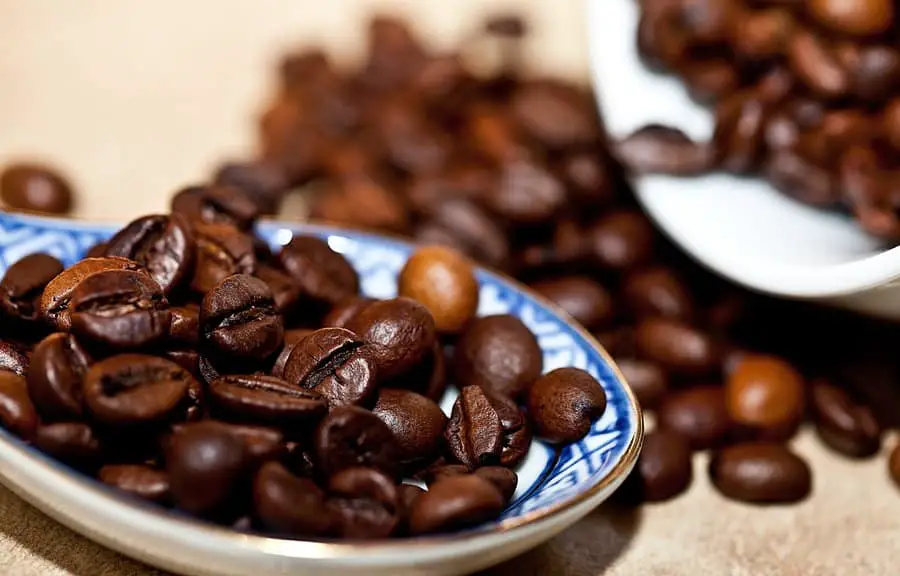
Robusta coffee beans are the other main species of coffee beans that are commercially cultivated for coffee production. Here are some of the key characteristics of Robusta coffee beans:
Flavor Profile
Robusta coffee is known for its strong and bitter flavor profile, with notes of nutty and earthy flavors. This makes it a popular choice for coffee lovers who enjoy a bold coffee experience.
Growing Conditions
Robusta coffee is grown at lower altitudes, typically between sea level and 3,000 feet, in more tropical climates. This makes it easier to grow and more affordable for coffee producers.
Caffeine Content
Robusta coffee has a higher caffeine content compared to Arabica coffee, with about 2% caffeine. This makes it a good choice for those who are looking for a coffee that will give them a boost of energy in the morning.
Quality
Robusta coffee plants are more disease-resistant and easier to grow compared to Arabica, making them a more affordable option for coffee producers. However, this results in a lower quality coffee compared to Arabica.
How Arabica and Robusta Coffee are Harvested and Processed
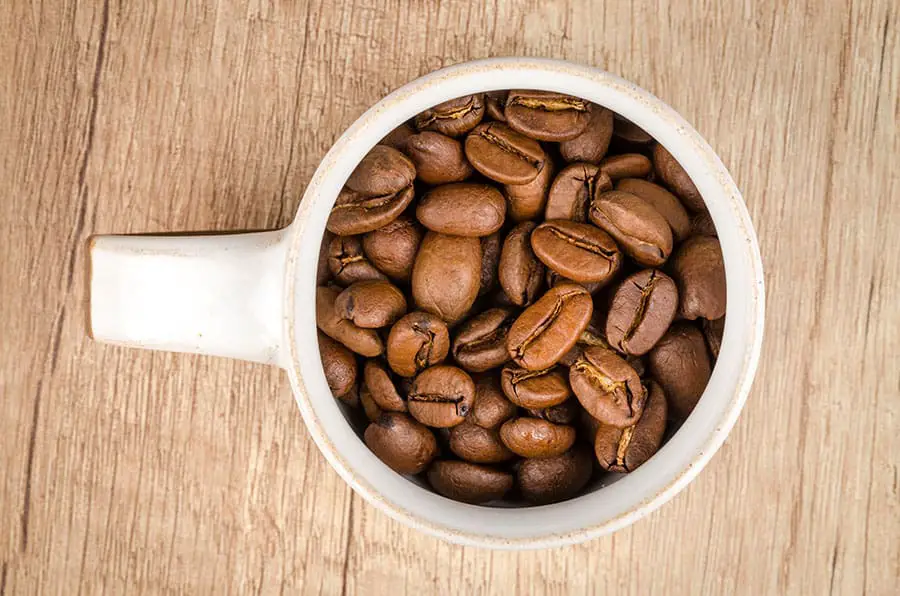
Arabica and Robusta coffee beans are harvested and processed differently, despite both being coffee species. Arabica coffee is usually harvested by hand, as it is a delicate plant and requires a gentle touch to avoid damaging the cherries. Robusta coffee, on the other hand, is often harvested using machines, as it is a hardier plant.
After harvesting, the coffee cherries from both species are spread out to dry in the sun for several days, reducing the moisture content and preventing mold growth. Next, the cherries are sent to a mill where they are hulled to remove the outer layer of the cherry, leaving only the coffee beans.
The coffee beans are then sorted to remove any defective beans and to separate the beans by size and weight, before being graded to determine their quality.
Finally, the coffee beans are roasted to bring out their unique flavor profile. Arabica coffee beans tend to have a smoother, more nuanced flavor compared to Robusta beans, which are known for their strong and bitter taste.
How Arabica and Robusta Beans are Roasted
The roasting process is what gives coffee its distinct flavor. The type of roast depends on the highest internal temperature that the bean reaches during the roasting process. Beans at a light roast level only reach about 385°F to 400°F and have a more acidic taste.
Beans at a dark roast level reach anywhere between 435°F and 475°F and have an aromatic, bittersweet taste.
However, all roasted coffee beans still retain some of the characteristics unique to their species, no matter how darkly they’ve been roasted.
After the roasting process is complete, more differences between Arabica and Robusta become evident.
Once roasted, Robusta beans are much more circular-shaped than Arabica beans, which are generally more oval-shaped. The actual caffeine, lipid, and sugar contents of roasted Arabica and roasted Robusta beans are also quite different.
Robusta beans have almost double the caffeine content of Arabica beans. If you’re drinking coffee for the sole purpose of getting a big burst of caffeinated energy, a Robusta blend is definitely the way to go.
However, Arabica beans have 60% more lipids and almost double the sugar content of Robusta beans, which means that most people find their taste much more pleasant.
Does Arabica taste Different then Robusta?
The biggest differences between Arabica and Robusta coffees are their overall taste profiles, which emerge after the roasting process has been completed.
A high-quality Arabica bean has a bright, slightly acidic flavor profile with many layers of aromatic sugar, fruit, floral, and berry notes.
On the other hand, a high-quality Robusta bean has a heavy, earthy, bitter flavor profile with much less acidity and an almost peanut-like aftertaste. However, not all Robusta beans are high-quality.
Because Robusta plants are so hardy, many farmers can get away with growing them in less-than-ideal climates, which end up producing less-than-ideal coffee.
A lower-quality Robusta bean might taste flat, rubbery, or burnt. Unfortunately, many grocery store coffee brands use these low-quality Robusta beans as filler, since they’re easier to obtain in bulk and are generally much more cost-effective than Arabica beans.
Do you brew Arabica coffee differently then Robusta Coffee?
Vietnamese iced coffee, a South Asian delicacy enjoyed by many people worldwide, is generally made exclusively with Robusta beans. Vietnamese iced coffee is prepared using dark roasted Robusta beans fed through a drip filter and then poured over ice and sweetened condensed milk.
It’s a delicious treat that can be ordered at many Vietnamese and Thai restaurants, as well as some specialty coffee shops.
Interestingly, Vietnam is currently the world’s top producer of Robusta beans, which might explain why Vietnamese iced coffee only uses Robusta. Traditionally, Italian espressos also use exclusively Robusta beans.
Proponents of Robusta espresso claim that the inclusion of Robusta beans creates the best environment for the production of crema, which is like the holy grail for espresso enthusiasts.
Crema is a light, frothy, beigey-caramel-colored liquid that settles on top of a freshly-extracted cup of espresso and is widely believed to be the mark of perfect espresso.
According to Robusta’s biggest defenders, Arabica beans just aren’t able to produce the proper amount, texture, and color of crema.
If your favorite way to prepare coffee is using the pour-over or drip coffee method, Arabica beans are perfect for you. Serious coffee enthusiasts believe that the overall flavor and aroma of Arabica coffee decreases if you add creamer or serve it as iced coffee.
If you’re a sweetener or iced coffee lover, the complexity of Arabica beans might be lost on you.
However, if you like black coffee and are looking for beans that will give you interesting, layered, and complex notes, seek out a high-quality Arabica blend.
Which Coffee is better Arabica or Robusta?
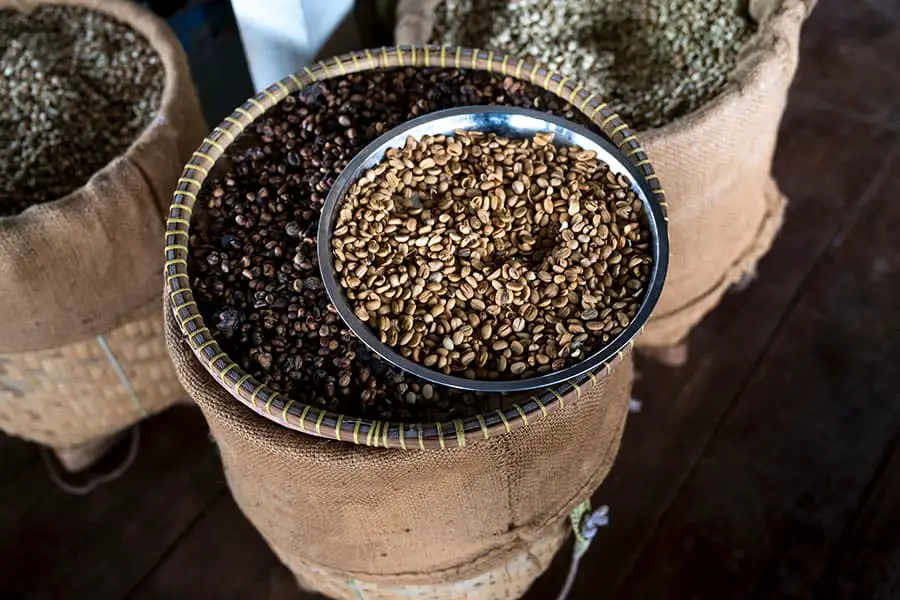
At face value, it might seem like Arabica is obviously the superior species of coffee bean when it comes to flavor profile and quality. However, that’s not necessarily 100% true.
Although Robusta beans are generally much more bitter than Arabica beans, a high-quality Robusta coffee will still taste much better than a low-quality Arabica coffee.
Additionally, many coffee experts recommend brewing a blend of 10% Robusta and 90% Arabica for a delicious cup of coffee that balances earthy, bitter notes with floral, aromatic notes.
That being said, the overall species of coffee bean that’s best for you will probably depend on your own personal coffee-drinking preferences.
If you enjoy a lot of cream and sugar in your coffee, Robusta beans might actually be better for you.
Because they’re so bitter and earthy, they can stand up to the addition of sweeteners better than Arabica beans can. Robusta beans are also more commonly used in iced coffee, again, because of their strong, potent flavor.
Where can I Buy Arabica Coffee?
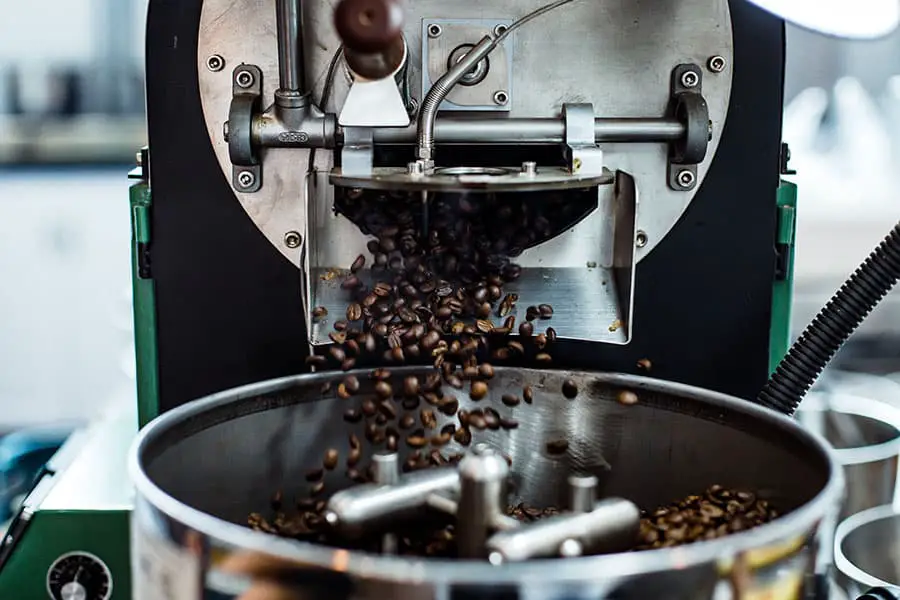
When you’re shopping for Arabica coffee, look for beans that were grown in places like the Jamaican Blue Mountains, Kona Coffee From Hawaii, Tarrazú in Costa Rica, or Sidamo and Yirgacheffe in Ethiopia. These high-altitude regions are well-known for producing some of the best Arabica coffee beans in the world.
Unfortunately, if you’re a coffee “pro” looking for a high-quality Arabica blend, you should prepare yourself to shell out more for your coffee than someone who prefers Robusta.
100% Arabica blends are almost always more expensive than 100% Robusta blends, or even blends that are part Robusta and part Arabica.
Again, this is due to the fact that Arabica plants are more delicate than Robusta plants, and generally yield fewer coffee beans per plant.
Final Thoughts
Although Arabica and Robusta beans might resemble each other at first glance, they actually couldn’t be more different.
Robusta beans are best put to use in iced coffees, Italian espressos, and blends with a high caffeine content. Arabica beans are great for drip or pour-over coffees, which maximize the effects of their complex flavor profiles and aromaticity.
Given all that you have read you now have to decide: What’s your favorite kind of coffee bean Arabica or Robusta?

